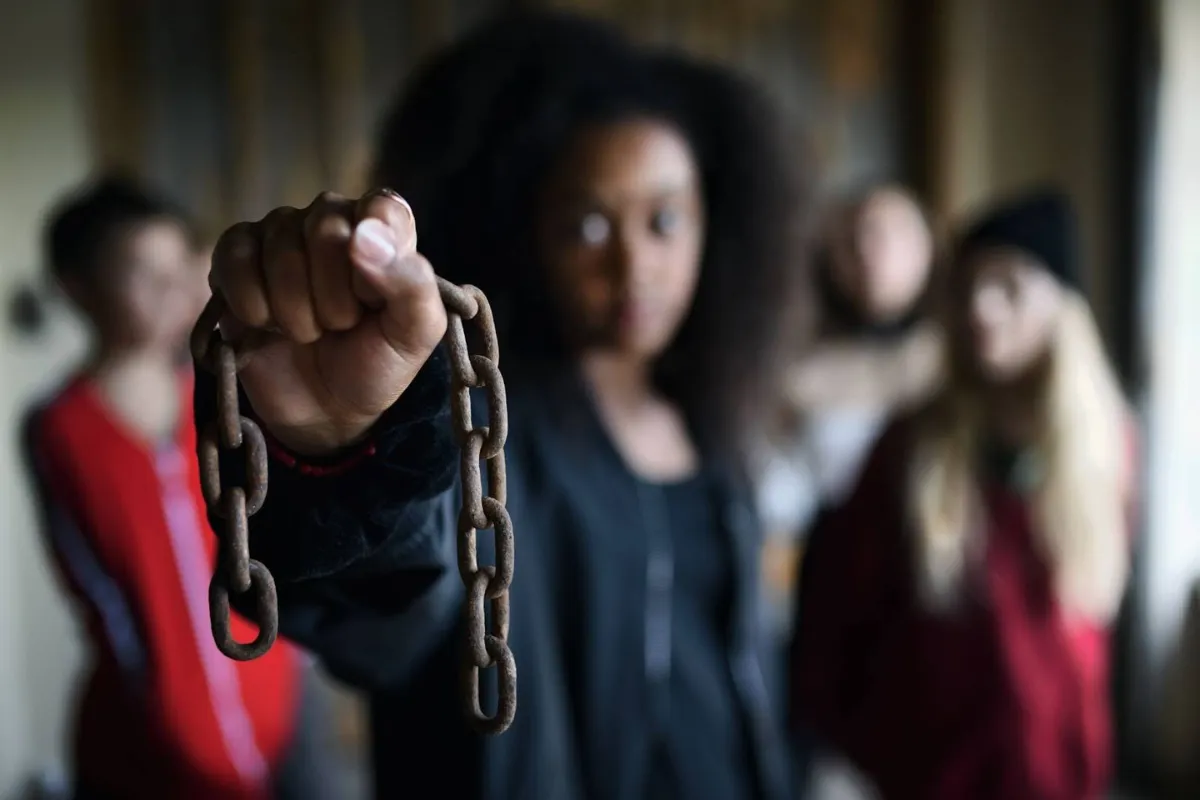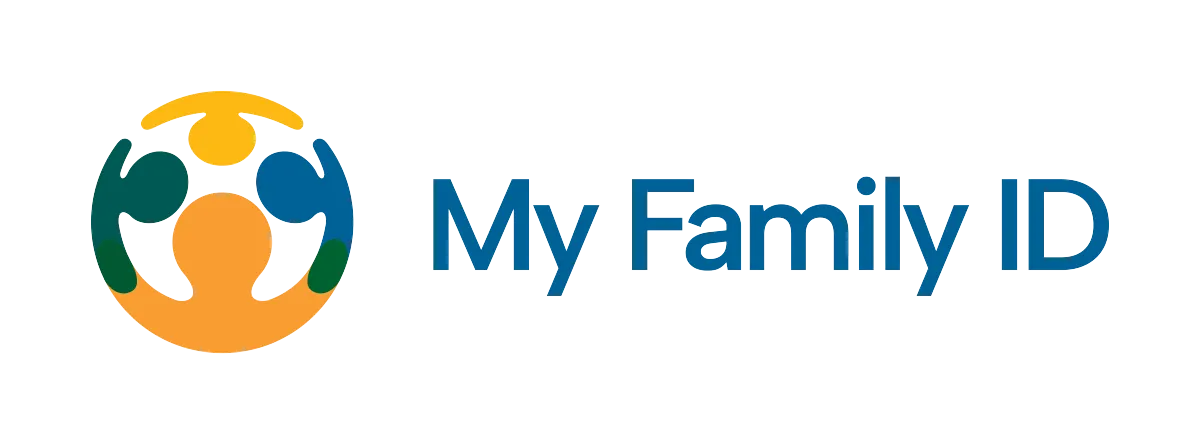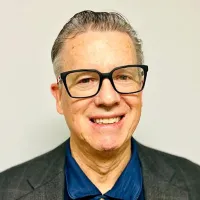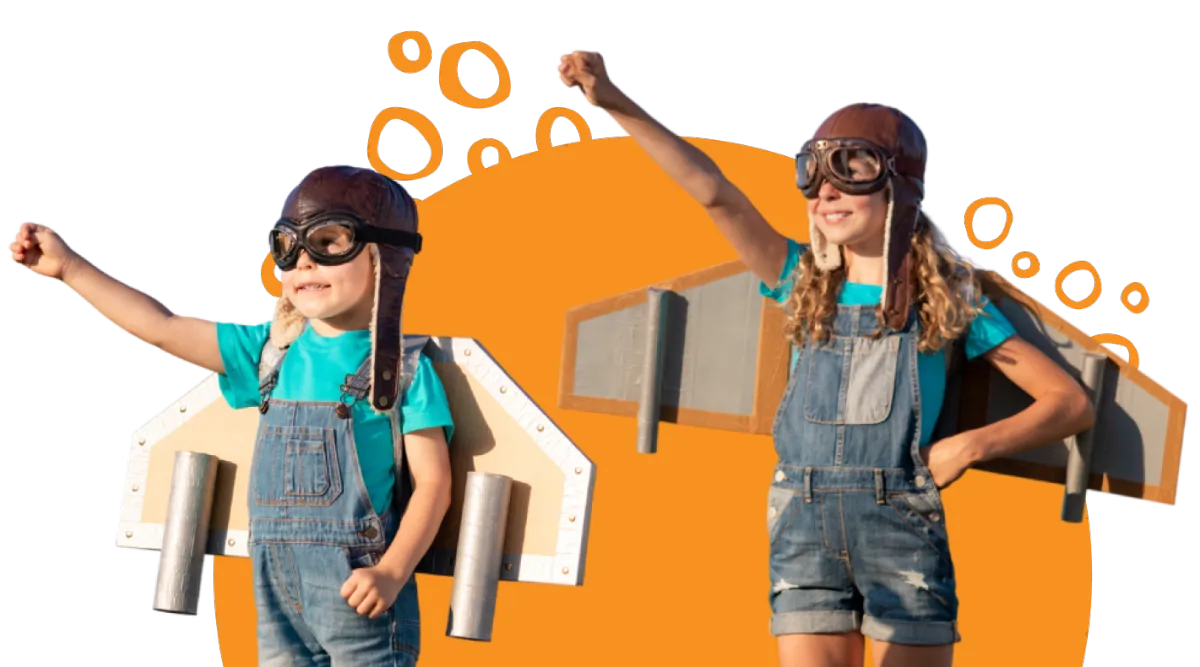Resources for Family Safety

Celebrating the Alliance to End Human Trafficking (AEHT)
Technology has brought people across the globe closer together, but this connectivity has come with a significant cost – human life. The reality is that technology also creates new avenues for one of the world's most heartbreaking and pervasive crimes: human trafficking. Unlike the crime of kidnapping portrayed in movies, human trafficking is a hidden, multi-faceted crisis involving force, subterfuge, or coercion for labor or commercial sex. Combatting an invisible enemy requires a coordinated, comprehensive, and compassionate force. And that force has a name: the Alliance to End Human Trafficking (AEHT). Today, we are proud to shine a light on AEHT's remarkable mission and unbelievable work.
Founded by Catholic sisters and later rebranded to be more inclusive, this organization operates as a faith-informed, but justice-focused, national network dedicated to eradicating modern slavery with a comprehensive strategy that serves as a roadmap for community engagement and effective action. Their work is a powerful reminder that every sector, from healthcare to technology, has a vital role to play in protecting vulnerable populations.
"In my years of law enforcement, the most tragic cases were often the ones where a missing person had fallen off the grid and into the hands of traffickers. These criminals prey on vulnerability, and the first step to beating them is to know the signs and have a plan. The Alliance to End Human Trafficking's dedication to education and awareness is a crucial firewall, protecting people before they ever become a case file. This organization isn’t just saving lives – they’re changing the world," said Detective Chuck Still (Ret.), Founder of My Family ID, when discussing the work of this incredible organization.
Organizations like AEHT transcend simply being run-of-the-mill educational spaces. They serve as beacons of hope and community partners in fostering growth, resilience, and preparedness, offering a powerful blueprint for organizations looking to make a measurable impact. To learn more about this organization and get involved, read our interview with Waed Al Nimri, the Director of Communications for AEHT.
“The more awareness we are able to spread, the more people we can probably save, and that’s the most important thing,” reflected Al Nimri.
10 Catholic Sisters, One Powerful Mission: The Genesis of the Alliance to End Human Trafficking
The Alliance to End Human Trafficking, originally called US Catholic Sisters Against Trafficking, has a storied beginning. The concept grew from a grassroots effort in 2001, where a newsletter circulated to raise awareness and resources about human trafficking.
This work eventually led to an invitation for ten Catholic sisters to visit the White House during the Obama administration to discuss strategies to end human trafficking. After that pivotal meeting, the idea to form a dedicated, unified organization was realized.
Today, the AEHT is a collaborative, faith-based national network that offers education, supports access to survivor services, and engages in advocacy to end human trafficking.
Its members include over 200 congregations of Catholic Sisters, coalitions working against human trafficking, and individuals who share the singular mission of putting an end to this nefarious problem and empowering survivors to achieve a fulfilling life.
Nimri revealed that the organization underwent a rebrand to become more inclusive, ensuring that its focus on justice and human dignity was accessible to all.
"A lot of people think that because we had the word Catholic in the brand name, it meant we were exclusive in some sense. But we wanted to make it clear that’s not true. We’re a members-based organization, and our members span a number of organizations, associations, unions, congregations, faiths, and even individuals. We still have faith components here and there, like working with a lot of congregations and including prayer intentions in our newsletters, but we're not as focused on the faith aspect as we are on the justice aspect," explained Al Nimri.
This focus has allowed the AEHT to build a broad membership that includes various congregations, associations, unions, and individuals, all united by a common purpose: to end the exploitation of people.
Their ability to transcend a single-focus mission and address the systemic issues that make people vulnerable is what makes their model so powerful.
Related Article: Organizational Spotlight: Pretend City Children’s Museum | Partner with My Family ID Today!
The Three Pillars of Action: Education, Advocacy, and Survivor Support
The Alliance to End Human Trafficking’s strategy is organized around a powerful three-pronged approach that ensures they are fighting this crime at every stage and level, from prevention to healing, for a holistic solution.
The pillars of action that the organization uses to combat this pervasive problem are:
Education: Disseminating Life-Saving Knowledge
Advocacy: Driving Legislative Change
Survivor Support: A Focus on Healing and Empowerment
Related Article: Organizational Spotlight: The National Autism Association
Education: Disseminating Life-Saving Knowledge
The education pillar is focused on equipping the public, professionals, and community members with the tools to spot and respond to trafficking. This work is critical because, as Al Nimri noted, one of the biggest myths is the definition of trafficking itself.
"A lot of people associate trafficking with somebody getting kidnapped and taken off the block, but nowadays, it looks different. What’s happening is that bad actors are using AI, for example, or cyber exploitation and forced labor. These are the things that are usually more hidden, and a lot of people often don't understand that this is a huge component of what these traffickers do. Our job starts with making them aware,” noted Al Nimri.
AEHT counters this misinformation through:
Monthly Webinars: Tackling diverse, critical issues with expert panels.
The Stop Trafficking Newsletter: A rich, monthly resource containing signals, explanations, and up-to-date information.
Exhibits and Conferences: Providing in-person opportunities for deep learning and networking.
You can view their latest webinar for free on their YouTube channel titled: “Hidden Price Tags: How Purchasing Choices Can Fuel Human Trafficking” here.
“Another common misconception that we try to dispel through our resources is that the larger portion of people being trafficked are females, whether girls or women, but there are still a lot of men and boys that go through these horrendous experiences, and I don’t think there are enough resources or even awareness around that topic,” added Al Nimri.
You can view the educational resources they offer here, a collection of recommended viewing and literature here, vital and revelatory trafficking reports here, and curriculum programs they offer here. You can even request a speaker to shed light on pertinent issues!
Related Article: Elon Baber on Child Abuse Prevention and My Family ID
Advocacy: Driving Legislative Change
The advocacy team focuses on state and federal bills with a human trafficking component, including exploitation, cybercrime, forced labor, and issues affecting children and women. They also advocate for improved policies that impact migrants and immigrants.
They work alongside other advocates and decision-makers on Capitol Hill to ensure the survivors' perspective is represented in laws that identify and address the root causes of human trafficking using federal policies, programs, and funding sources.
They also partner with organizations like the National Advocacy Center of Sisters of the Good Shepherd to support pieces of legislation and host advocacy days in Washington, D.C.
“We do advocacy days where we visit D.C. and speak with decision-makers. We do an annual conference as well, and we work alongside other organizations to host them or have them on as a panel. We also have our members and colleagues speak at events,” said Al Nimri.
You can view current advocacy campaigns here, advocacy resources here, and advocacy objectives here to gain a better understanding of the scope, vision, and unbelievable impact the Alliance to End Human Trafficking is having.
Related Article: How to Find the Children Prevents Child Abduction with Education and Technology
Survivor Support: A Focus on Healing and Empowerment
AEHT’s commitment to survivor support is deeply informed by the most important voices in this fight: the survivors themselves. Their work includes providing survivor stories, member-run houses, and education and employment opportunities for survivors.
"We always say that we're survivor-informed," explained Al Nimri.
The organization utilizes a Survivor Advisory Council of survivors of sex trafficking and exploitation. This council reviews AEHT's resources, informs its advocacy decisions, and ensures that the language and imagery used are respectful and appropriate.
By making the survivors the experts, AEHT ensures its work is trauma-informed and centered on the real needs of the people they serve.
In addition to providing this critical contextual awareness, AEHT supports shelters and provides scholarships for survivors of human trafficking, helping them reclaim and rebuild their lives.
Related Article: Saving Lost Kids Shares Advice to Protect Your Children
Harnessing Technology to Find the Lost and Raise Awareness
While technology introduces new dangers, like cyber exploitation, it also provides powerful new tools for the anti-trafficking movement. AEHT is proactive in using and supporting digital solutions to combat the very problem technology sometimes facilitates.
Al Nimri highlighted one such innovative partnership: Trafficking Cam.
This app allows users to take pictures of hotel or motel rooms they stay in and upload them to a database, creating a valuable library of imagery law enforcement can cross-reference with videos that surface online, helping to pinpoint locations and aid in interventions.
This innovative technology represents a modern approach to an age-old problem.
"All of this technology and all of these resources help us get to more people rather than, you know, if we were trying to work in person," Al Nimri explained.
This innovative technology enables speed and scale, providing law enforcement with better tools to find missing persons, which is often the first step in identifying a potential trafficking victim.
Related Article: Expert Insights on Missing Teen Recovery from Saved in America
Partner with My Family ID to Support Learning, Safety, and Peace of Mind
The Alliance to End Human Trafficking embodies the very best of organized social justice. It’s strategic, comprehensive, and led by the voices of those they seek to help. They are a force for change, proving that a unified, educated community can make a real impact against the hidden epidemic of human trafficking. We strongly encourage you to support their mission by visiting the AEHT website to donate, find resources, watch their monthly webinars on YouTube, and subscribe to the invaluable Stop Trafficking newsletter. If you want to get in the trenches with them, you can become a member here, too.
We also encourage you to consider attending what is sure to be an unforgettable event – the Alliance to End Human Trafficking Conference 2026 on April 15 - 17, 2026, at Hyatt Regency Boston. Here, you will join advocates, practitioners, faith leaders, and partners for three days of learning, collaboration, and planning to advance survivor-centered, prevention-focused, responses to human trafficking.
If you are an organization that wants to join our fight against this nefarious issue, learn how you can partner with My Family ID today. Together, we can create a safer future for our most vulnerable populations, which means a brighter future for the entire world.






